Akademie
- 2. blok - Diagnostic methods
- Series diagnostics (počet lekcí: 0)
The lambda sensor "Open Loop" or "Closed Loop" @

Obsah článku:
Úvod
It is incorrect to assume that the A/F mixture is "Rich" or "Lean" from the Lambda sensor voltage. The Lambda sensor signal only reports higher or lower oxygen content in the exhaust gases. Nothing else.
Operating principle of a "Control Lambda Sensor"
The "Lambda sensor" (is an oxygen sensor in the exhaust system) is a basic and most important component in controlling the A/F mixture on petrol engines. Integrating a Lambda sensor (designed by BOSCH in 1976) into the exhaust system before the three-way catalytic converter represents a major step since 1989 in the development of emission systems. From that time the Lambda sensor has taken over complete "feedback control" responsibility for adjusting A/F mixture values. This has enabled to cancel all mechanical adjustments of the A/F mixture.
The oxygen sensor status information provided by OBD diagnostics has high importance.
What is "Open Loop"?
The "OPEN LOOP" status is signalling that the control unit is not using the Lambda sensor signals to calculate the A/F mixture:
A) after cold start when the Lambda sensor has not reached its working temperature
B) when there is a fault in the electrical circuit of the Lambda sensor
What is "Closed Loop"?
The "CLOSED LOOP" status is signalling that the control unit is using the Lamda sensor signals to calculate the A/F mixture (normal status when operating temperature has been reached).
"Closed loop" feedback verifies the A/F mixture
If the oxygen content in the exhaust emissions is not correct the control unit responds and adjusts the mixture so that the oxygen content returns to the "Lambda window". Detailed information about mixture control can be found in article "Mixture adaptation".
DTC
- Lambda sensor heating - short / open
- Lambda sensor - implausible signal ... etc.
As we can see from the DTCs, they are only straighforward and indicate a problem with mixture control. The technician must know all possible causes (described in "Mixture control problems") and determine the actual fault cause.
Mixture control diagnostics
- Establish if the Lambda sensor is in "CLOSED LOOP" mode
- Read the "Fuel mixture adaptive" values (EOBD - Long Term Fuel Trim)
- With an oscilloscope measure the Lambda sensor ground signals
- Disconnect the Lambda sensor (simulation)
- Measure the exhaust tail pipe emissions with an analyzer
- Verify the ignition signals and all other parameters influencing the A/F mixture
Tests
- If the step Zirconia Lambda sensor has a short signal problem the control unit switches...
- ..to CLOSED LOOP mode
- ..to OPEN LOOP mode
- ..if the short is confirmed a DTC is set and the mode is switched to CLOSED LOOP
- If the Zirconia step Lambda sensor is sending to the control unit a voltage signal with a value around 1 V...
- ..it means that the A/F mixture is rich.
- ..it means that the A/F mixture is lean.
- ..it means that residual oxygen content in the exhaust emissions is reduced.
- What is the signal voltage response of the step Zirconia Lambda sensor when the EGR valve is leaking?
- The Lambda sensor voltage is going to be low.
- The Lambda sensor voltage is going to be high.
- No response because the EGR system has no relation to the residue oxygen content in the exhust emissions.





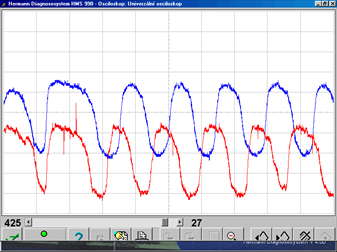
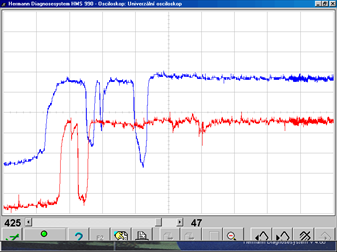
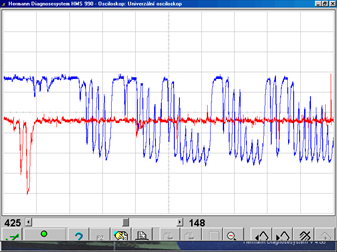
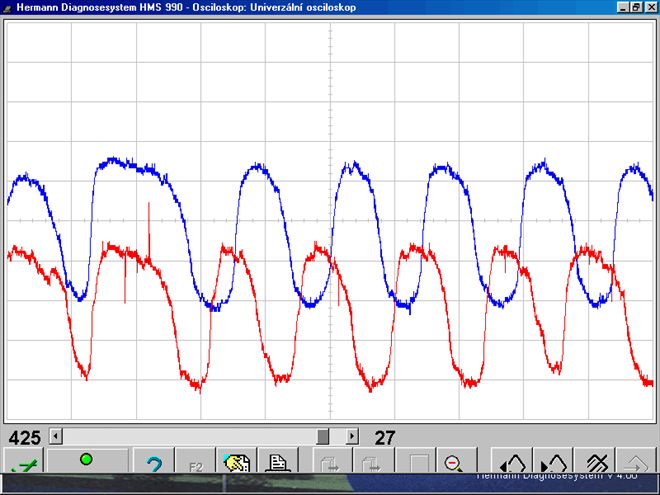

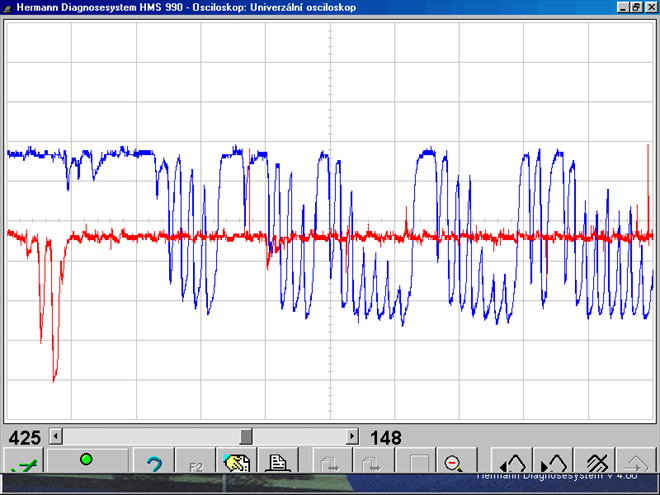
Komentáře (0)